The post How Expanding Curiosity and Knowledge in Photography Can Help You Improve appeared first on Digital Photography School. It was authored by Kevin Landwer-Johan.
Maintaining curiosity and knowledge in photography is key to helping you improve your craft. Having a good grasp of your chosen subject material will keep you inspired and full of fresh ideas.
It’s easy to photograph what you find attractive. When you have a deeper understanding of what you enjoy, looking at your photos will have more depth and meaning.
In this article, we’ll take a look at some of the ways you can develop curiosity and knowledge in photography that will help viewers engage more with your photographs.

Photograph what you’re passionate about
Start with what’s easy. Photograph what you love. When you do this, you’re already well on your way to creating more intimate photos.
Having feelings for your subject helps you see it differently than when you photograph something that looks nice but that you don’t care about. A snapshot made with feeling can be less technically correct but more engaging.
If you have more of a connection to, and concentration on, your camera, rather than your subject, you run the risk of taking technically-correct but otherwise dull photos. Curiosity and knowledge in photography must reach beyond cameras, lenses, and accessories.
Develop a curiosity for your subject. Learn more about it. You will learn to love what you photograph or you’ll grow indifferent. If you lose interest in your subject, find something else to photograph that captures your imagination.
When your imagination is captured, your photos are more likely to capture the imagination of those who see them.

Take time to learn
Learning about a topic is easier than ever these days. We have millions of web pages, Youtube videos, forums, and podcasts online. These will teach you anything you desire to learn.
Then there are books, galleries, movies, and all manner of other visually stimulating ways to learn more about your favorite subject.
Open your imagination and you can learn anything you like. Combining your love of photography with becoming an expert on what you enjoy taking pictures of helps you improve.
With a more advanced understanding of the nuances of your subject, you’ll take more intimate, engaging photos of it. If you lack understanding, you’re more likely to miss seeing the subtle aspects that will make your pictures pop.
Even if you’ve been photographing the same subject for many years, I’m sure there’s something else you can learn about it. If you’re not sure that there is, start teaching someone. Once you start teaching about any subject you’re interested in, you’ll soon discover how much more you want to know about it.

Commit time and effort to develop your knowledge
Studying a subject until you’re an expert takes commitment. The best photographers know this by experience.
Look at portfolios of any truly successful photographers (not ones who’ve merely acquired large social media followings), and you’ll see what I mean. Their work displays the intimate connection that they have with their subjects.
This takes time and commitment to build. It does not happen quickly or frivolously.
For example, if you love the architecture of the city you live in and photograph it often, take some time to learn more about it. Study its history. Who designed it? Why does it have character? How has it evolved over time? Once you understand the answers to these and other questions, you’ll start to look at your neighborhood in a new light.
Use the internet. Visit your local library. Search out the work of other photographers who have a similar interest. Google is a great source of images. Type in any location and you’ll find others have photographed it and shared their images.
Find well-known photographers whose style and subject material you appreciate. Study how they compose their pictures. When do they take them? Look at the type of light that’s predominant in many of their photos.
You can research any subject you can think of. Taking time to do so on a regular basis will help you become a better photographer. You don’t always have to be out and about with your camera to learn to take better photos.
Taking photos frequently certainly does help you build camera skills, but photography is more than just about using your camera.

Maintain your curiosity and knowledge in photography
No matter how long or how often you’ve photographed a particular subject, it’s best to maintain a curiosity for it.
Explore new ways to photograph the same subject over and over. This should be a healthy challenge. If you find it repeatedly becoming a bit of a drag, consider starting to photograph something different.
The more curiosity you maintain, the more interesting your photos will be to others. Once you’ve covered all the more traditional approaches to taking pictures of a particular subject, a healthy curiosity will lead you further. Your creative journey can really come alive.
Push yourself out of your comfort zone. Think of ways to make new, fresh pictures that you normally would not take. Looking at the work of other photographers is one of the best ways to discover how you can do this.
Photograph your subject in light you normally wouldn’t use. If you typically work with a long lens, use a wide-angle lens next time. Explore alternative angles and different ways of seeing the same thing. You might surprise yourself with the results.
Be prolific. The more time you spend learning about your subject, the more you’ll want to get out and take photos of it. Frequently using your camera helps you remain immersed. This is also how to maintain healthy levels of inspiration.

Conclusion
Start with what you love. This makes learning easy and fun. Becoming immersed in a subject you are halfhearted about can lead to discouragement. Whatever subjects you photograph should be a pleasure to study and become an expert about.
Curiosity and knowledge in photography will improve the level of engagement viewers have with your art. Taking a serious approach to learning more and developing a more informed appreciation of your subject will elevate your photography experience.
The post How Expanding Curiosity and Knowledge in Photography Can Help You Improve appeared first on Digital Photography School. It was authored by Kevin Landwer-Johan.





















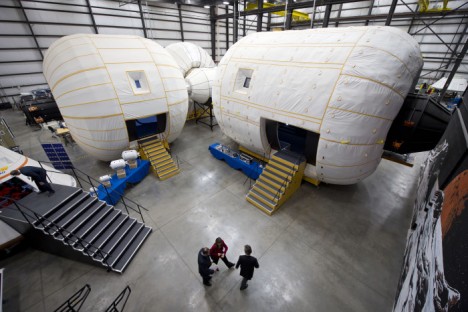


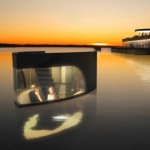




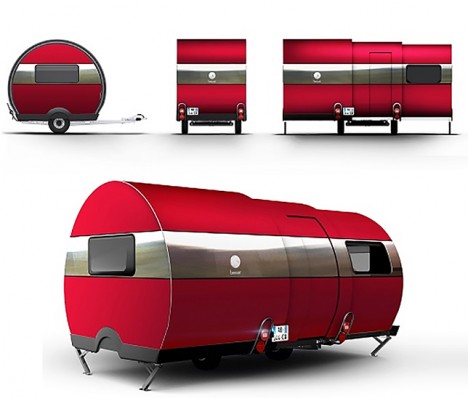
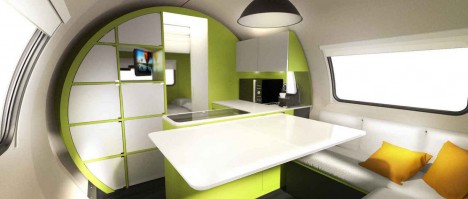
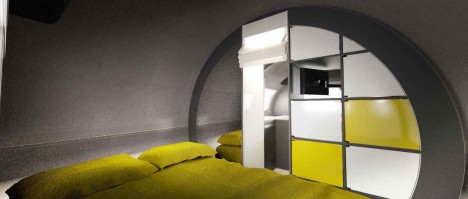
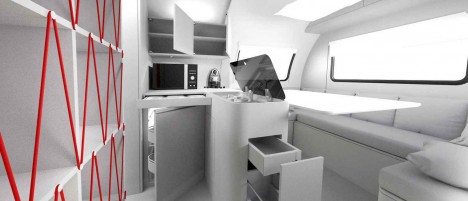
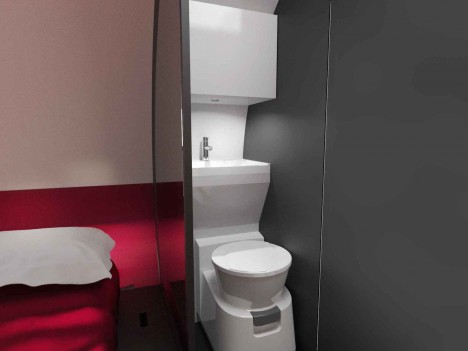
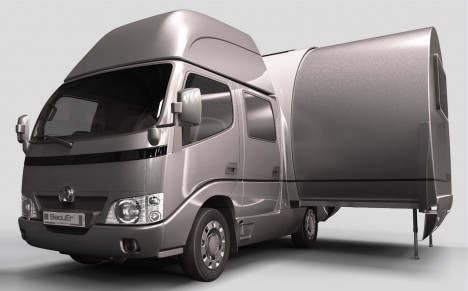




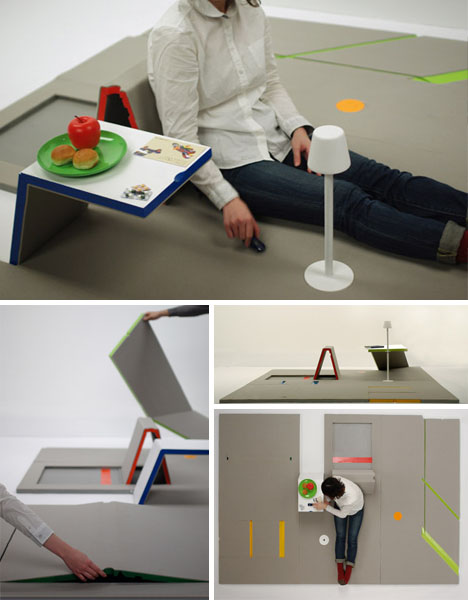








You must be logged in to post a comment.